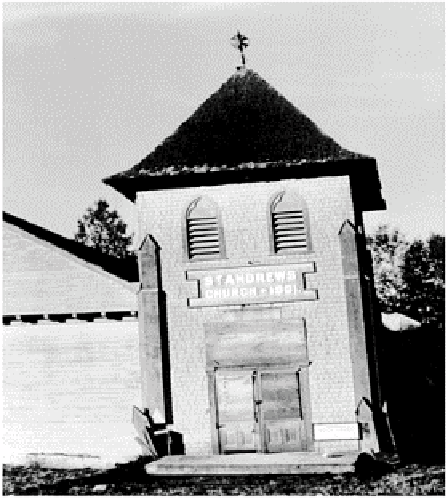Environmental Engineering Reference
In-Depth Information
'permafrost' is misleading, as over a period of years the frozen soil may slowly thaw or
slowly increase in extent owing to changes at the ground surface which modify the
exchange of heat energy through it. The surface layer thaws and refreezes every year (the
active layer
) with the change of the seasons. The thickness of the permafrost in the
subsoil is often changed by the removal of vegetation and the building of human-made
structures. If the insulating cover of vegetation is removed, and perhaps a heated building
placed directly upon the ground surface, it is hardly surprising if the permafrost thaws,
causing subsidence and distortion of the building. Subsidence is a more serious problem
with ice-rich permafrost, which is found in soils which would otherwise be very wet,
such as gleys and peats. Coarse sand and gravel soils are well draining and present less of
a problem.
Many historic buildings show the effects of subsidence, as in the gold-rush town of
Dawson in the Yukon (Plate 24.3). What is surprising is that even modern buildings can
exhibit subsidence, as for example in Anchorage, Alaska. It can be overcome by
supporting buildings on 'piles' drilled into the permafrost, allowing cold air to circulate
between the ground surface and the floor of the building. In that way the heated building
does not come
Plate 24.3
Building directly on to ground underlain by
permafrost is hazardous. This church in Dawson, Yukon, was
built during Klondike gold rush days. Melting of the
permafrost has caused the subsidence and tilting.
Photo: Ken Atkinson.

